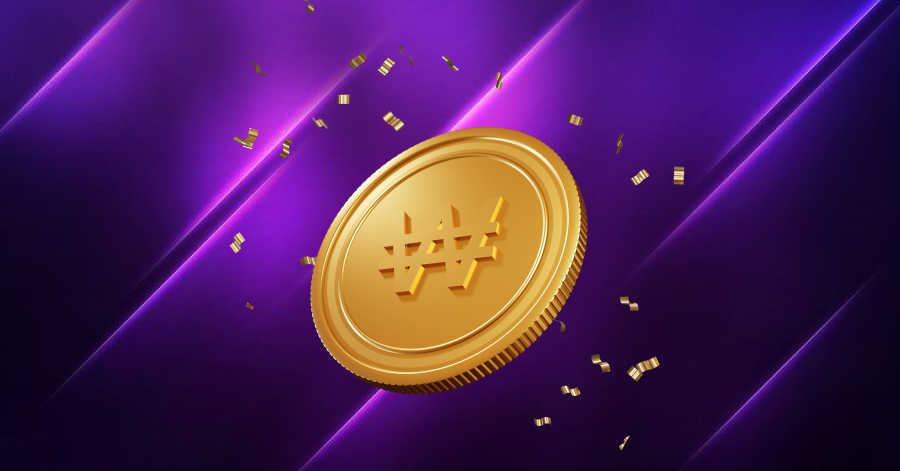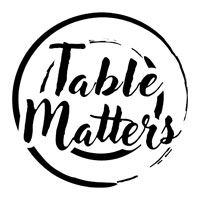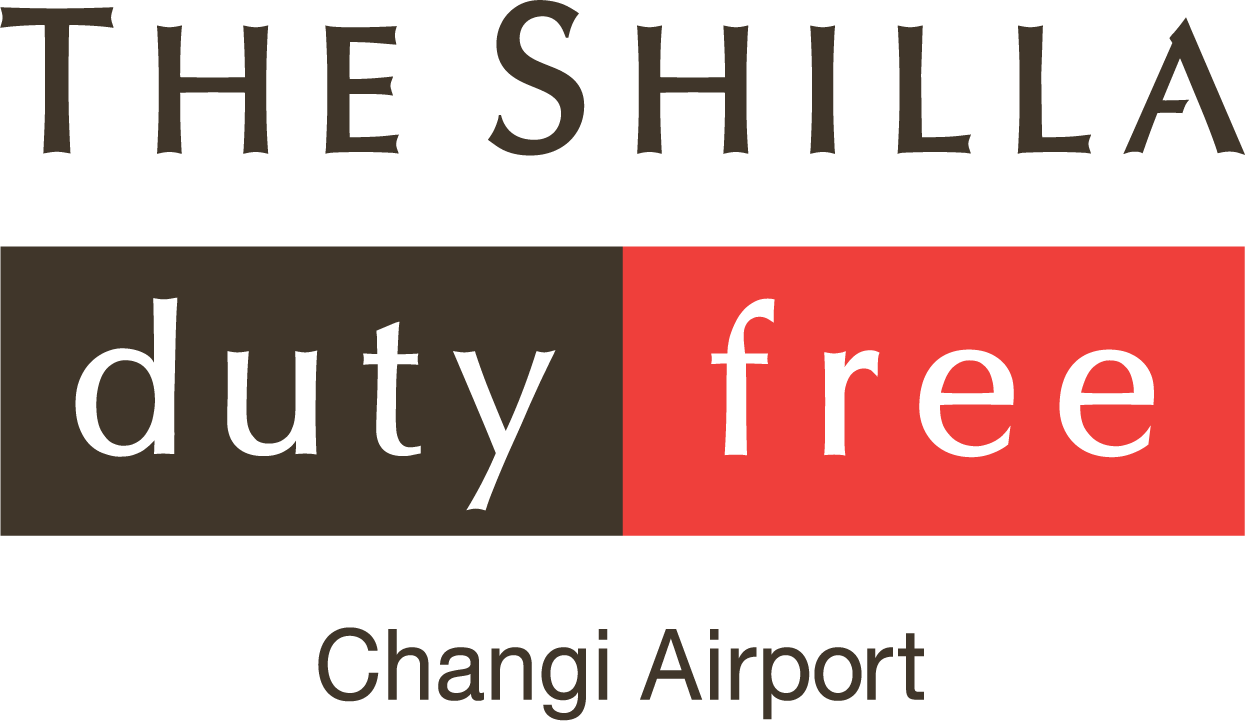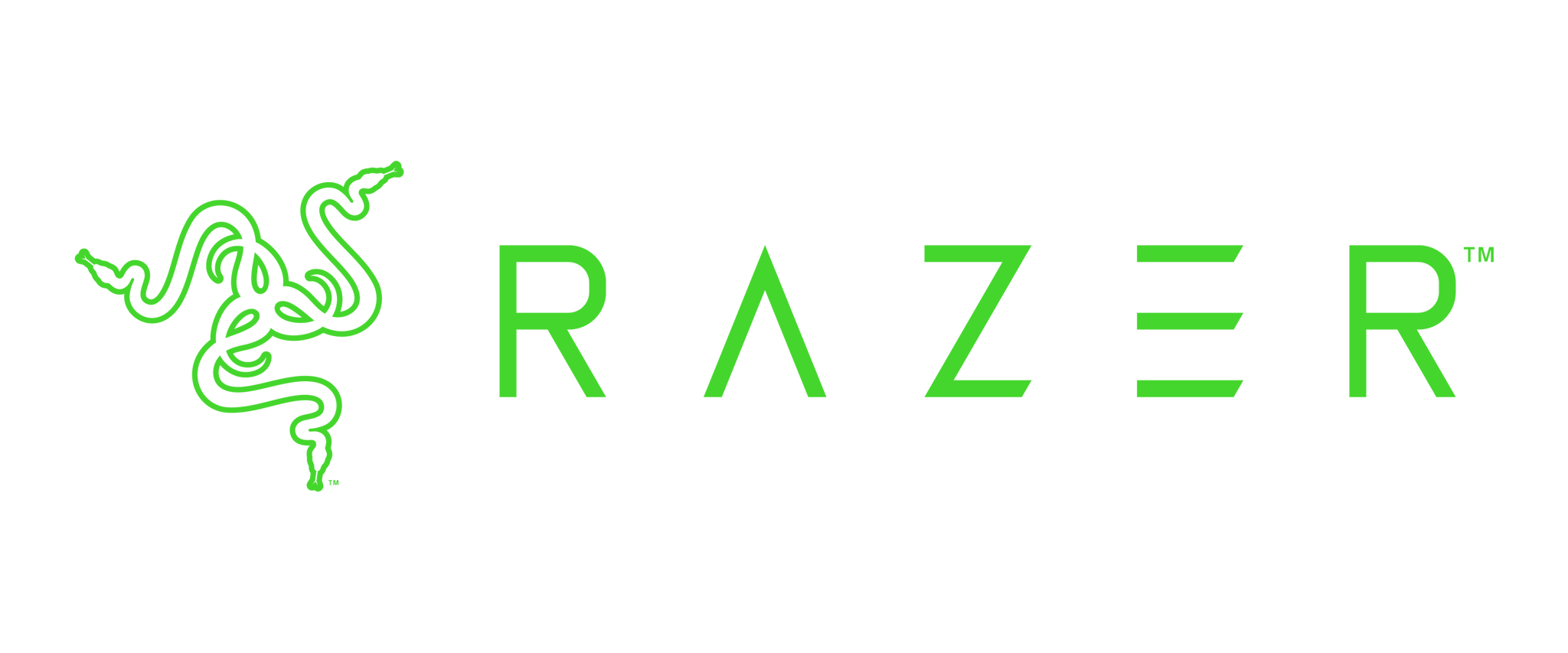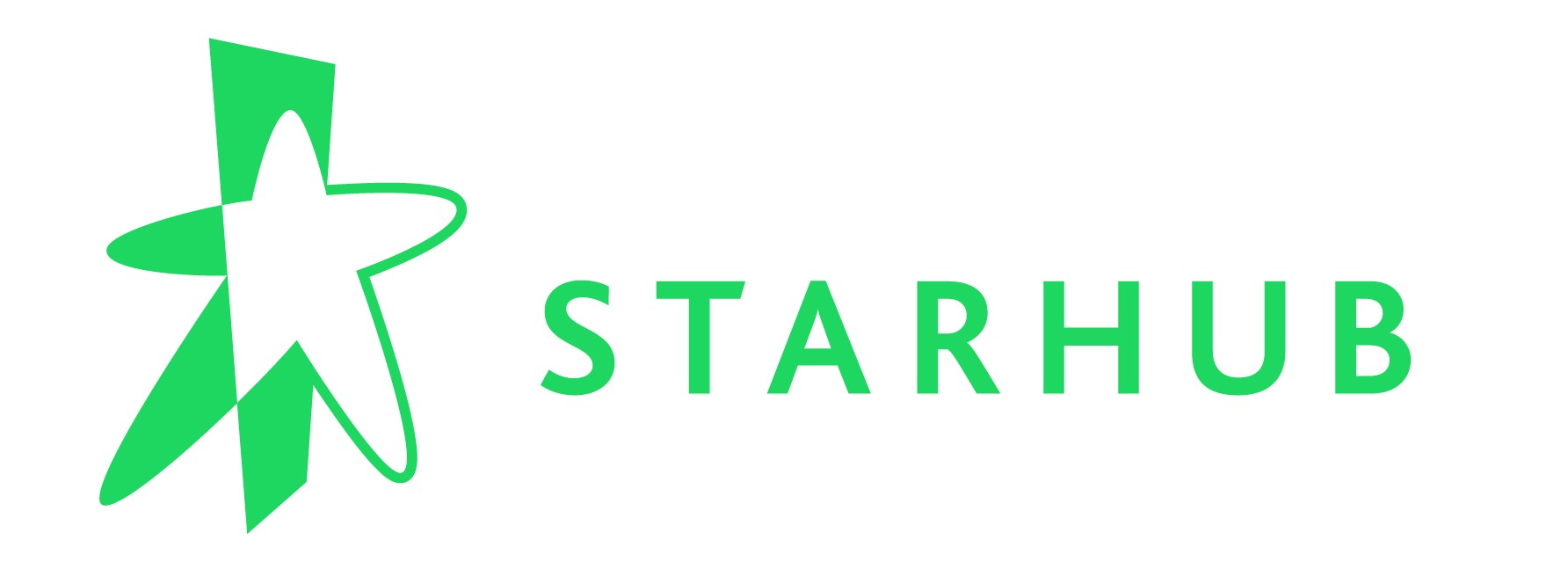How to connect with yourself and navigate through this period of uncertainty caused by the coronavirus, while practising resilience and mindfulness daily.
Our YouTrip Ambassador, Sarah, shares her experience and realistic ways of practicing resilience while navigating through this unprecedented time.
11 months ago in June 2019, I embarked on an inner journey to live and work overseas for the first time – to build a relationship with anxiety, gain independence, spiritual growth, and discover myself. Getting into a long distance relationship in my second week in Melbourne, Australia was a huge brave step, that I didn’t know better of.
Nine months later, I came home in March 2020 on a sudden and escalated timeline due to COVID-19’s impact, with a lot to adjust to to say the least. Undoubtedly, I’ve gained a level of independence and checked an ongoing goal of building a mindfulness practice from my time away from Singapore. But like everyone else, the challenge is how to adapt and maintain an optimal state of mind back in my life, as we all transition to a new normal and routine, in the midst of a global health crisis.
A Day at a Time
As with COVID-19’s evolving nature, nothing is predictable. My first lesson was to take one day at a time. After conquering the battles of vacating my studio apartment within three emergency days to make the flight back home, there came my 14-day Stay Home Notice (SHN). Week One consisted of feelings of depression and anxiety from room isolation; in consideration of my 66 year-old mother, and a halt to my regular counselling sessions. Week Two got better with slightly more physical freedom within the spaces of home and motivation from finding a workout buddy and swinging back into a Work From Home (WFH) schedule that lasted for a month, before I was placed on No Pay Leave till the end of my contract in June.
While living a day at a time looks vastly different for me in Australia and Singapore, something I didn’t have to adjust too much to was the full swing of Circuit Breaker measures – physical distancing (which looks differently in every industry, workplace, or community), regular sanitising and cleaning, essential shopping, minimal human interaction, stay home, masks on (I’m still adjusting to this). Welcome to the world’s new normal.
Loving WFH vs I Can’t Wait to Resume “Normal” Life
For me, my varying emotions swing on the pendulum of not wanting this last week of freedom to end; facing a slight resistance going back to usual life which really isn’t normal anymore, versus looking forward to relinquishing the human interaction and connection I’ve been craving for since my SHN – with physical distancing being a new societal norm to adhere to.
What I’ve learnt and am constantly being reminded of is that it’s completely okay to feel what I feel. This shows up differently each day. I encourage you to take the courage to feel yours too.
You might have grown to love the art of slowing down, built a valued self-care routine from the extra time at home and don’t mind this life to continue; or you’re missing and looking forward to that catch up drink with your friend when “all this is over”. No matter which side of the pendulum you’re swinging on, I hope you bask in the comforting news that you’re not alone at all – we all have a new normal to adapt to.
Mindful Awareness to Mindful Moments and Action
A colleague from Sydney and a friend from Singapore shared with me about how they were not looking forward to the end of home isolation, as they enjoyed being able to practise more self-care given the extra time. This positively reminded me that we’re all being more aware of our mental health and taking note to incorporate self-love in our daily lives.
There rises a beautiful opportunity to tune this inward awareness deeper and notice the activities that bring us joy – is it the daily walk that you take along the park, a meal that you previously didn’t get to make for yourself before the world slowed down, or a self-care routine and intention you set to start your day right? It’s worthy to take note of how you feel when you partake in those activities; physically (body), intellectually (mind) and emotionally (heart).
Because we’re then able to bring this mindfulness to the many tomorrows ahead. When we step out to the busy world again, where we’re quiet and still for just a short period of time in the day; there’s an opportunity to really reconnect with what’s happening right now and to feel a greater sense of appreciation for people in our lives.
Staying Balanced at WFH
For some of us, it’s an extended WFH period after 1 June. If you’re currently struggling to maintain consistency or find motivation, it’s useful to start by asking what conditions you need to stay balanced, and how you can manage your energy.
This looks different for everyone and it’s about finding what works for you – what does balance look like for you right now? Consider the change(s) in your physical environment. Understanding that this process is fluid and not clung onto any structure, is a healthy mindset to keep. You’re continuously tipping and recalibrating yourself. By identifying what keeps you balanced working at home, it can help in creating a sense of structure when you get back into life or work eventually.
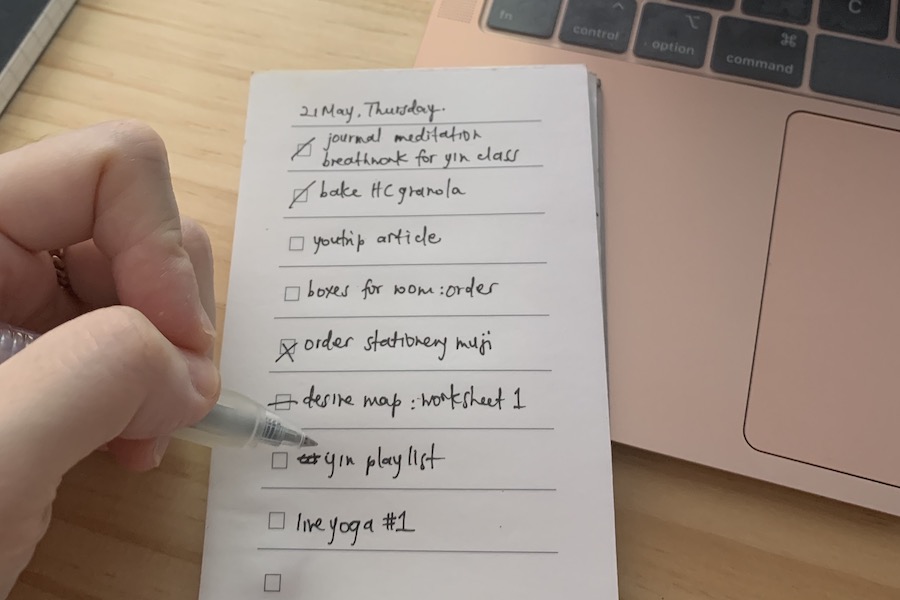
1. Do One Thing At a Time a.k.a. Uni-Tasking
Contrary to popular opinion and multitasking, productivity is about narrowing your focus on intentional work. Ask yourself: Where and what time can I create most in the day? Block out a focus work time for yourself, e.g. 9am to 12pm, 4 to 6pm, etc.
Next, do great work distraction-free – maybe it’s putting the phone aside, closing all your email tabs, or putting a door sign that informs your family members or housemates that you’re in a meeting. Focus and intention can be created by having your own structure. Working backwards is a strategy to consider: What time do you need to finish your tasks of the day? What are you doing that’s work-oriented, and not?
Lastly, what do you need to get into an optimal work zone and flow? For myself, it’s as simple as a 5-minute meditation or taking 10 breaths to get into the right headspace. Having a daily to-do list helps to keep me in check and keeps me motivated in focusing on my tasks, even when I don’t finish everything. My next aim to bring this into a weekly list.
2. Importance of (Quality) Break
Recent science has shown that maximising your ultradian rhythm – how the body reacts to and adapts to in a 24-hour day and cycle, could be the key to avoiding burnout. While it’s suggested that you take a 20-minute break in between every 90-minute focused work, you can tweak the timing to what works best for you.
The best break is the one you want to take – consider what’s going to make you feel recharged? With WFH’s physical effects on my body from extended hours at the desk, I recently took the effort to step out to my window to simply stare at the trees, and/or stretch my body for a quality five minutes.
3. Unplug Regularly
Before WFH started, we already had more than enough exposure from our devices’ blue light. With an increased screen time now, it’s crucial to disconnect your eyes, mind, and body from technology. Yoga, exercise, meditation, listening to music, and surrounding yourself with nature are some great ways. Leaving the house to grab something – take a brief walk, grab a coffee or quick grocery run – is recommended to reset the body and create a “commute”. Allowing five to 10 minutes for a daydream, or an empty space for the mind can help increase productivity.
Lastly, think about what you can adopt (start), change, or release (stop) in on a regular or daily basis. Making micro adjustments for yourself could prove to be more necessary than expected, as we’re in the midst of facing a pandemic that is evolving as we speak.

Adapting WFH Routine Back to The New Normal: Self Care Edition
If there’s one thing I’ve learnt from the world having to take a collective break during the coronavirus, it’s that humans crave for connection. This is why it’s fundamental now that we know or learn how to connect with ourselves; so we can lift others around us, or simply live to the truest hence best versions of ourselves.
The global emphasis of self-care and mental health arrived at a most apt time. We never shy away from the world of what we could call “doing”, but let’s face it, we’re called human beings. There are aspects of our lives that are about being, not so much about doing. Of course we all care about doing as much as being, so it’s about becoming more familiar with the way and world of being, so we can infuse the world of doing a lot more fully with this being dimension of our experience.
Adapt your self-care routine that you’ve created from being at home and incorporate it into your new normal life. If treating yourself to a juicy yoga or HIIT class is what grounds you, make it an effort to include that in your daily routine – even 20 minutes a day makes a difference. If taking a nice long shower is what refreshes you, be mindful of your workaholic self and end your work day on time for this activity. If Netflix is your jam, make it a point for regular quality time for yourself or your partner as you ease back into a new week of projects and deadlines. If giving back gives you a purpose, you can inspire by supporting local businesses, volunteering, and/or sharing the cause!
It’s times like these that we’re reminded of how important it is to take care of ourselves – our minds, emotions, physical health, and the joy in slowing down to enjoy the simplest things.

Shifting From Me to We
One of the most empowering things we can have in our life is a sense of our shared human condition in this world. This idea of shared human condition kind of goes beyond which category we fall into – being sick, falling sick, or staying healthy. We’re all in this together. Being aware that COVID-19 is a collective distressing experience that everyone in the world is going through keeps you and I in perspective.
When the going gets tough, it’s helpful to lean back on gratitude. As someone who’s in recovery from mental health issues, this is a technique I’ve benefited greatly from. Keeping a gratitude journal or practicing #GratitudeInTheMoment helps me regulate my daily emotions and sleep better.
At the same time, it’s important to note that in experiencing the effects of this pandemic, not all of us feel like we’re stuck on the same ship. With the rate of domestic violence increasing from home isolation, the livelihoods of people in developing countries are being drastically affected, and healthcare not being accessible to all in other countries, not everyone is granted a safe space to seek or get help. This renders them feeling more helpless than before, feeling isolated from the rest of the world.
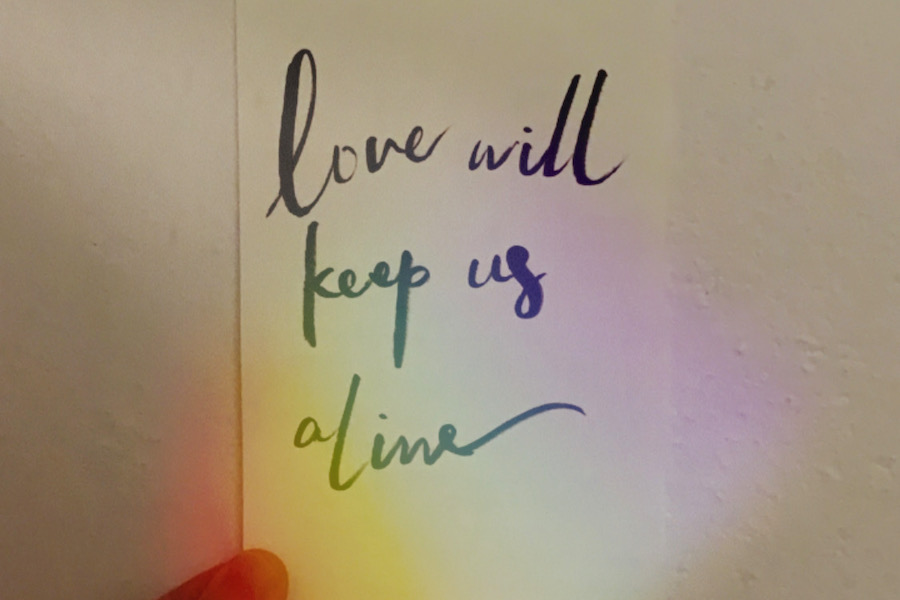
It’s imperative to step up in a collective time like this. Support local businesses if you can. Contribute towards vulnerable communities around if you’re able to. Continue to reach out and check in on your friends – not just the “quiet” ones, but also the ones you think are “normal”, “strong” or “coping alright”. Remember that you’re only able to fill the cups of others, only when you are pouring in love and compassion to your very own.
May we also be reminded that the Earth we left to heal involuntarily for months with minimal human interference, has recovered more from any reduced activity we set out to do in the past years. We’re part of nature, nature is part of us. Our planet needs it the most right now and is talking to us loud – we just have to pay attention. Living consciously doesn’t require us to only incorporate green ways of living. It simply is about taking the step to be kind to yourself and the world around you.
If you love being a YouTrooper, we want to put you in the spotlight! Join our YouTrip Ambassador Programme now.
Read: 8 Self-Care Products Under S$25 For You to Treat Yourself
Read: Insta-Worthy Bedroom: 10 Aesthetic Room Ideas & Decor
Read: 8 DIY Essential Oil Blends You Must Try at Home
Read: Muji Singapore vs Muji Taobao: Which is Cheaper?
Read: 7 Best Online Fitness Programs: At-Home Workouts 2020
Enjoy overseas payment with no fees worldwide!








